I've gotten into a couple discussions lately about importing plants from Thailand, and I recently placed a couple of orders. So, when my Epiphytica box arrived today, I thought I'd provide a little explanation/tour, so people know what it's really like.
First of all, it's really easy. But you must be able to answer YES to the following questions:
1. Do you have a PayPal account?
2. Are you comfortable rooting Hoya cuttings (including ones that are stressed and may need some TLC)?
3. Can you handle it if something goes wrong, some/all of the plants arrive too stressed to survive, and you may just be out the money?
If you passed the test, the rest is as easy as ordering from a US vendor. The Thai vendors fill out the phytosanitary certificate for you and slip it in your box; you just have to cover the charges. Expect to pay a minimum of $35-45 for certificate + shipping.
Unless you have an import permit, you need to limit your selections to 12 plants. I'm not going to cover import permits here since I don't have one! Ha! I always order 12 plants. It's pretty easy to get an import permit, though, and someone else can explain what you would need to do for bigger orders.
On average it takes about 5-6 days for your package to arrive, if nothing goes wrong. I'm not kidding. Last year my order with Denise went rogue. But the two years before that I placed 1 order with Aleya and 1 order with Epiphytica and all 4 orders took 5-6 days to arrive. I'm looking at the USPS tracking data right now.
This year my order took 11 days to arrive, extending over 2 weekends and 1 holiday!
So now you get to see exactly what an Epiphytica order looks like with a long transport time PLUS some fragile thin-leafed species. I took these pictures immediately after the package arrived. I did not remove any dead materials or adjust colors in the photos. So you are seeing exactly what I saw. Excuse the iPhone photography.
This package has not been opened by the USDA. When it's opened you'll know it because their tape is all over the place, but they don't actually disrupt the package very much as they are able to take their test samples without unpacking everything.
These boxes are always dented, but I've yet to experience a broken vine
Here's my phyto! On top so the USDA can easily find it!
Ah, the moment of truth. As you can see, there are some yellow leaves, but overall it looks super green, so my pulse has returned to normal.
{{gwi:967162}}
Here we have the most important plant in the box (for me). Hoya desvoeuxensis, which was my first favorite Hoya. Which died on me after a prolonged battle with some kind of aquarium fungus. Which I successfully imported from Epiphytica last year along with megalantha. And which I leotardedly lost over the winter through some carelessness.
{{gwi:967162}}
And here is a duplicate, because I was that paranoid about getting my hot hands on it again. This one looks weaker than the other one, so I'm happy I got two.
Hoya mirabilis (SR-2008-002) small leaves with fully splash (EPC 293)
I lied. This is also an important plant. I think I've been asking Jack for it and being denied for 3 years now. I finally got it! Woo! Btw, isn't Mira the prettiest name? I went to high school with a Mira, and I tried to get my sister to name her baby that, but nope.
I seriously love thomsonii.
{{gwi:967164}}
I had to get this one because I still owe it to someone from a trade last year. How bad is that lol!
{{gwi:967165}}
This is another one I loved and lost twice. The first time I got it from Aleya and it travels well, so it hurts to waste a whole Epiphytica slot on it (when the inventory is so expansive), but I wasn't placing an Aleya order right that second and I knew if I ordered it from him I'd get a nice generous sturdy cutting that would never die. And I did, as you can see.
{{gwi:967166}}
I wasn't going to replace this one, but I have to admit I like it. Its leaves get slightly crinkly sometimes, like paper that has been left out in the rain. It's cute. Not the easiest to keep alive, though, folks. Seems like it would be like paziae but it's not. So, it's quite astounding how nicely it has traveled, now, isn't it!?
{{gwi:967167}}
I'm always surprised when vendors actually sell me plants like this. First, it seems like they should have zero availability. Second, the leaves always look so hardy and solid, even though the flowers look like something an alien might have attached to his hat.
{{gwi:967168}}
This seems to be an order mostly of replacements, but here's this one. How on earth did I choose this one no-flower-picture sp. out of all the possibilities? You got me!
{{gwi:967169}}
I actually pulled this out of the box and went, "What?! I ordered obscura?!" And then I looked up the Epiphytica picture and was like. Ohhhhhh orange....
{{gwi:967170}}
Speaking of orange... Okay, mitrata and elliptica are the only plants I really have trouble importing. Elliptica just arrives dead and I have given up wasting Jack's time on it (for now...). Mitrata arrives just like this - lovely, right? But then loses 90% of its leaves over the next week. I can't figure out why. They all just turn yellow and fall off. I really really really really really want this one, though, so I'm trying again.
{{gwi:967171}}
Ugh. I got all cocky about siariae and then lost all of mine while going through my disappearing act last year. So now I'm painfully re-acquiring them all.
See, now everything's out of the box, and here are the only leaves that fell off in the process.
And here they are all soaking in plain room temperature water, for a little bit.
So, what do you think? Pretty painless, right?
I do find that my Epiphytica plants are significantly hardier, in travel. I thought it was because they were rooted, but I did order rooted plants from Aleya once and had no greater success. I suspect they simply do a higher volume of business, having been around longer, and their plants get cut more. But that's pure guesswork.
Epiphytica will exchange plants that arrive DOA (he'll put them in with your next order if you remind him, so you don't have to pay shipping twice). Aleya is frank and unapologetic about the risk you take, and I think that is perfectly fair, since their approach is to offer plants at the lowest price feasible. Both vendors have been generous about including extra long cuttings, when they have it available.
So, I guess what I'm saying is both have their strengths.
I just ordered a couple packs of seeds from Aleya and they threw in a free packet. So I'll be planting those soon and will photograph/inform you all on how it goes. I just think that is the coolest idea ever if it works. They sell only the species that have good germination rates for them.


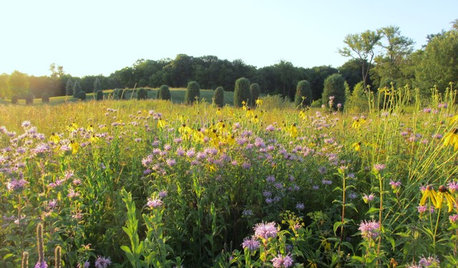


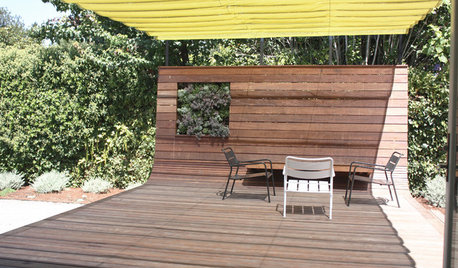










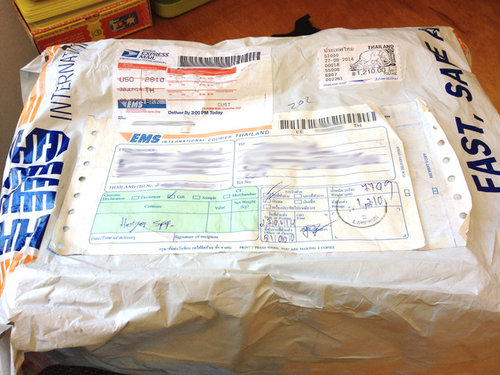
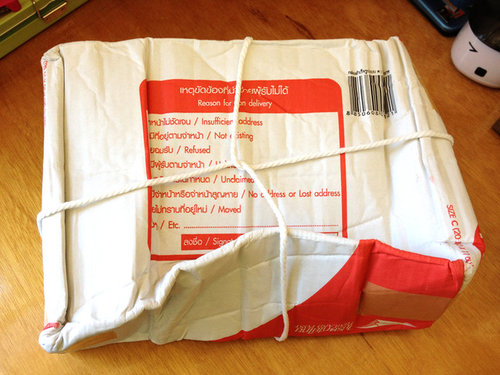
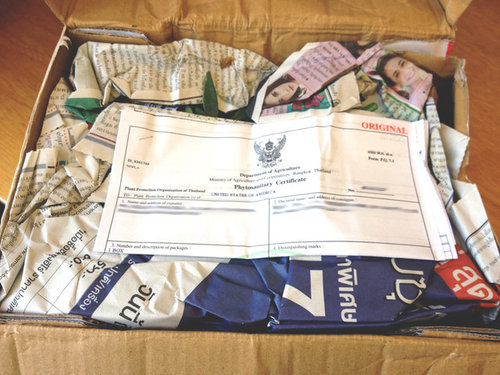
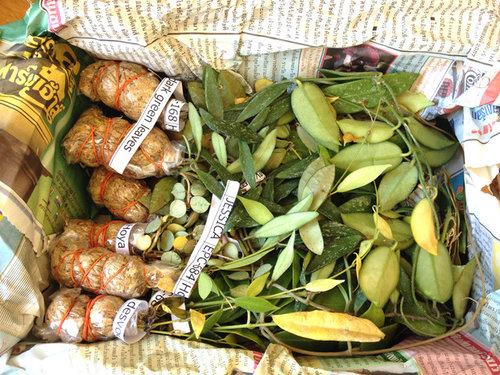

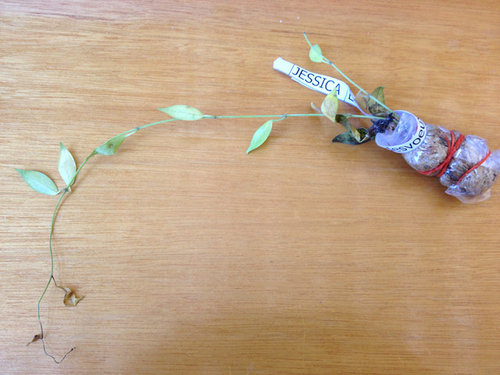


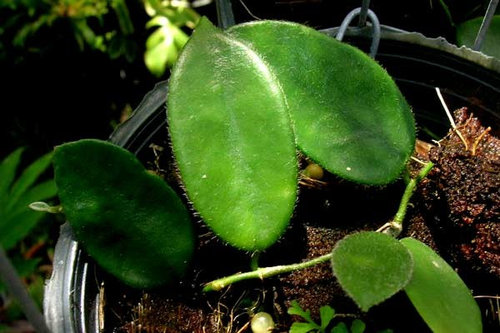
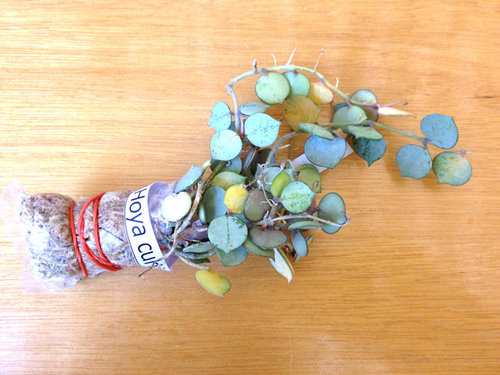

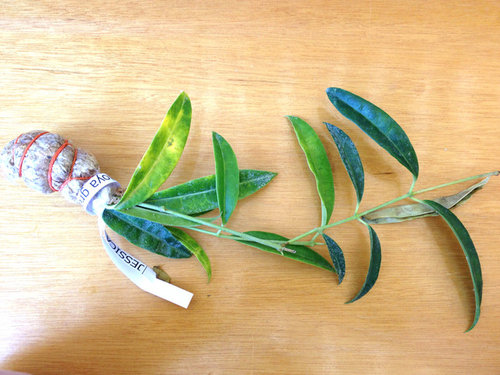


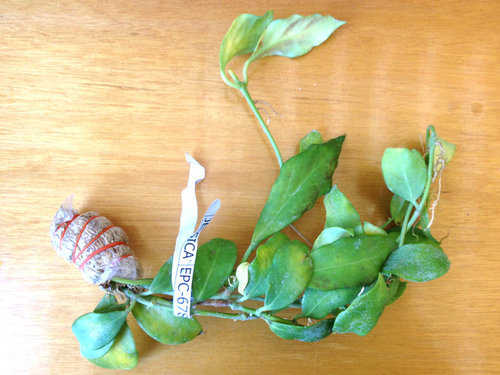

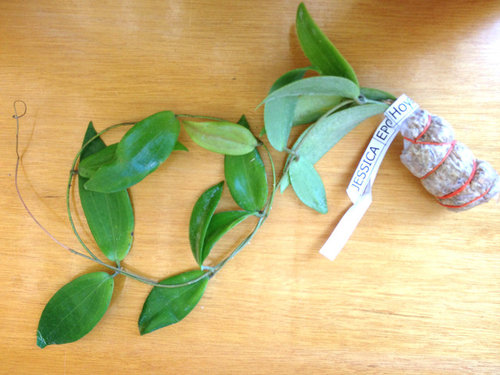
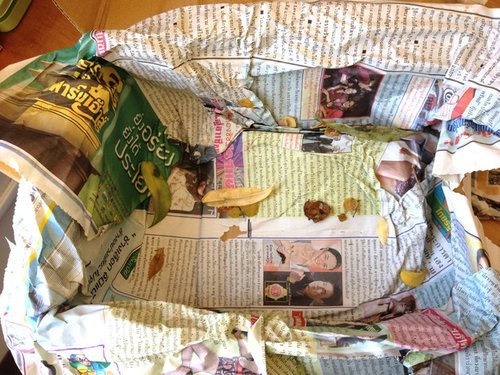
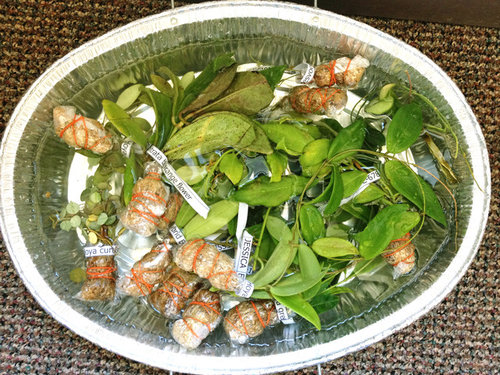
vermonthoyas
rennfl
Related Professionals
Accokeek Landscape Architects & Landscape Designers · Benbrook Landscape Architects & Landscape Designers · Elwood Landscape Architects & Landscape Designers · Barrington Landscape Contractors · Broadlands Landscape Contractors · Canby Landscape Contractors · Canyon Lake Landscape Contractors · Cary Landscape Contractors · Choctaw Landscape Contractors · Long Branch Landscape Contractors · Pikesville Landscape Contractors · Pleasanton Landscape Contractors · Weslaco Landscape Contractors · Grayslake Driveway Installation & Maintenance · Milpitas Driveway Installation & Maintenancegreentoe357
greedygh0stOriginal Author
greentoe357
greedygh0stOriginal Author
greedygh0stOriginal Author
davidrt28 (zone 7)
greedygh0stOriginal Author
rennfl
vermonthoyas
greentoe357
vermonthoyas
rennfl
vermonthoyas
luv_daises
fraya6
tropicbreezent
greentoe357
fraya6
Lynne Westlake
Alicia